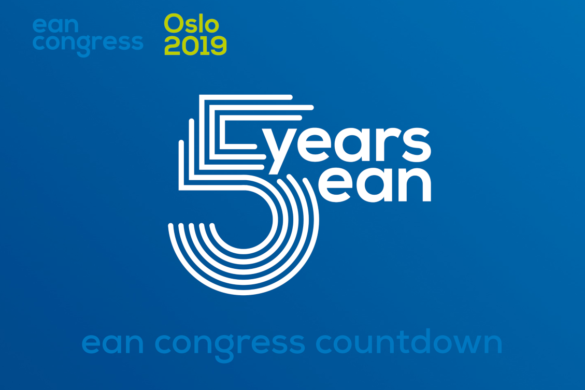by Assist. Prof. Martin Rakusa
At the beginning of November 2021, the European Pain Federation (EFIC) and Pain Alliance Europe (PAE) organised the annual SIP forum. For the second year in a row, we met virtually due to the COVID-19 pandemic.
Jamie Wilkinson, project manager of the SIP, welcomed delegates from the national SIP chapters and international organisations. He briefly presented the background of the SIP, its achievements over the last year and its long-term priorities.
The SIP’s primary goal is to raise awareness of pain and to change pain policies. In 2021, the main topics were cancer pain policy; employment and social integration of pain patients; and pain and digital medicine. In addition, they also contribute to the ICD-11. Their prime success was the launch of the position paper SIP Position Paper on Workplace Integration and Adaptation at the end of October, which several international organisations endorsed. Within the document, SIP calls European decision makers to address biological, psychological, and social pain factors adequately. At the end of his presentation, Mr Wilkinson invited all delegates to contribute to another position paper. Most of the participants expressed their commitment. Therefore, we may look forward to the SIP’s Position Paper on Digital Health: Pain Assessment and Quality Indicators at the beginning of the following year.
In the open forum, delegates presented the policies and activities of their organisation. The essential policy priorities for most of the organisations in 2021 were employment, digital health, the BECA Plan, and multimodal pain treatment. For the next year and beyond were digital health, ICD-11, cancer, pain and work, health workforce, COVID-19 impact, and pain as a disability.
Most national SIPs are preparing education programmes for people with pain. Webinars may be the most effective way of teaching, followed by brochures and leaflets. In several countries, the national SIP is working together with decision makers to improve living and working conditions for people with pain. For example, an exciting initiative was presented by Gertrude Buttigieg from Malta, where the SIP has started a scheme together with the government entitled ‘New Hope’ to allow people with chronic conditions to secure mortgages.
During the forum, Sumathi Subramaniam from the EAN brought forward a question on pain treatment, which should be part of the integrated response that is an important element in the Intersectoral Global Action Plan on Epilepsy and other Neurological Disorders under development by the WHO for adoption in May 2022. Sam Kyman from the EFIC agreed and shared information on the European Pain Forum project on multimodal pain treatment.
One of the topics of discussion was also the COVID-19 pandemic. Ángela Cano Palomares pointed to the work of the EFIC COVID-19 Task Force, who launched a survey regarding pain service and telehealth for patients and healthcare professionals. They also collect relevant papers and publish them all on their webpage. Similarly, Deirdre Ryan from the Pain Alliance Europe reported on their survey. At the end, Martin Rakusa from the EAN reminded delegates of the work of the EANcore CoVID-19 Task Force and invited all to visit the EAN page with a core collection of relevant papers on COVID-19.
The forum concluded with an action plan for 2022. SIP will develop new webinars and will continue to work on employment and pain policy, digital health and pain, multimodal pain treatment, the impact of COVID-19 and ICD-11. All attending organisations were also invited to sign a Memorandum of Understanding.









